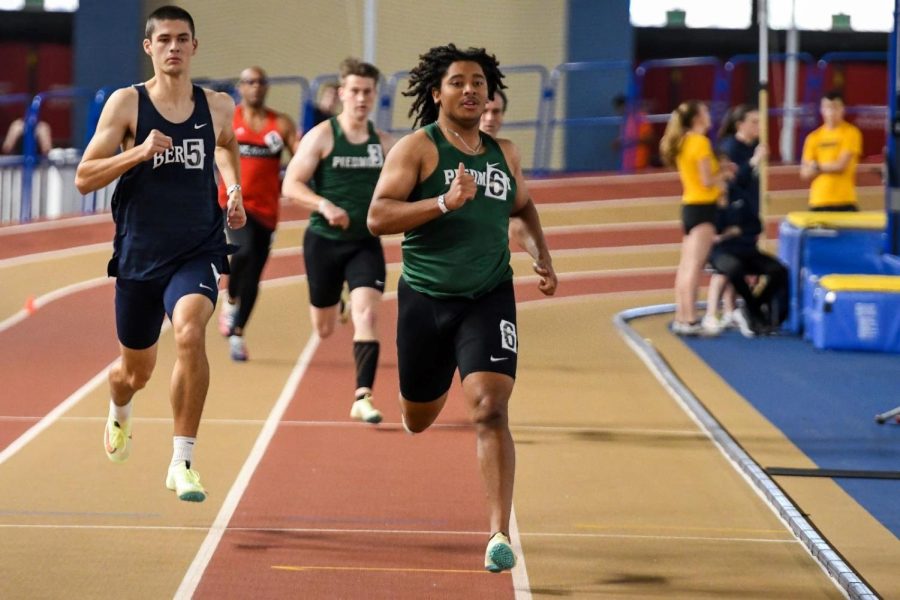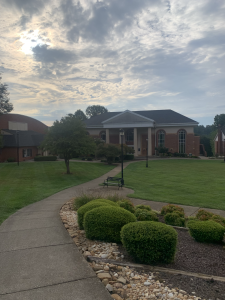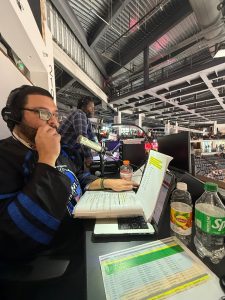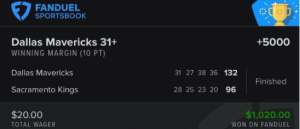Tracking the Progress: Growth in Media Outreach Benefits Athletics
March 3, 2023
Picturing yourself as a collegiate sports fan, what would be the quickest way to access information about your team? This question can be answered in multiple ways depending on factors like division within the NCAA. For schools like Piedmont University, social media has taken the frontrunning spot for instant athletic updates covering all the sports happening at any time.
Other Division III institutions similar to Piedmont have experienced similar changes with trends in the communications world adapting to different means of access. Social media has been the focal point that fans and athletes have engaged with, involving exchanging important information regarding the sports teams.
Jacob Balot is a sports and fitness administration major at Piedmont and a member of the university’s track program. Over the four years he has been training in the program and a part of the Lions system, he said, “the development really took off after my freshman year, especially on Instagram and Twitter.”
These two social media platforms have been the frontrunners in the expansion efforts seen on all levels of collegiate athletics. The importance of such improvements cannot be stressed enough, as the benefits experienced quickly have raised the bar of expectations to new heights.
“My family around the world relies on the post-meet writeups and the graphics used to advertise meet dates to stay up to date with how I’m running,” said Piedmont sprinter Nick Griffin on a recent episode of the Socially Athletic podcast.
Fans, friends and anyone else who follows Division III athletics but may not be able to attend games can still be far more updated than they would be without the implementation of good social media practices.
One of the critical elements to the success of social media has proven to be the consistency of postings as well as the quality of the content being uploaded. If those interested know when content will be shared and that the display is organized and professional, the more likely some may be to stick around and rely on social media outreach as the primary form of consuming Division III sports material.
“We take promo pictures every year, which contain a certain element of personality, showing who we are outside of running. When these pictures are used online, it makes me feel like all the hard work I put in is recognized,” said Chris Donsereaux, another member of the Lions sprint group.
While promo pictures have been an aspect of the Piedmont sports information department and many others for years now, the possibilities for what to do with them have vastly improved with the modernization of sports media as we know it.
Scoring updates, important events and general interactive content posted to social media are engaging for fans and athletes alike. These simple concepts elevate an athletic department to another level, and for smaller Division III institutions, this tends to make all the difference for everyone involved with the process.












